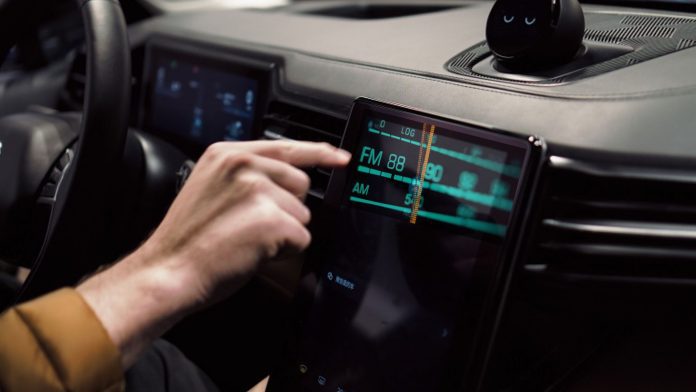On June 6, the automotive industry found itself in a battle with Congress over AM radio. During a House Energy and Commerce Subcommittee hearing, bipartisan lawmakers contemplated passing a law prohibiting automakers from removing AM radio from new vehicles. However, an auto industry lobbying group advised against it.
AM radio frequencies generally have poor quality and are more susceptible to interference than FM radio, but you can hear AM further away from the transmitter than FM. However, certain critical components in EV batteries generate static, making it harder to receive clear AM radio signals. The committee said that some automakers have aimed to minimize that interference, while several have opted to eliminate AM radio from new EVs.
Democrats and Republicans both expressed doubt in response to legislators’ claims that AM radio is not essential for spreading public safety messages and local news in rural areas.
Therefore, representative Bob Latta, R-Ohio, leader of the panel said: “When hurricanes, tornadoes, or other natural disasters strike, AM radio remains steadfast, providing crucial information to those in affected areas when other communication channels fail.”
Congresswoman Doris Matsui of California, the subcommittee’s ranking member, also stated, “We know AM radio is more than just a lifeline during an emergency. For many, it signifies an irreplaceable connection to their community.”
The safety of consumers and the general public is something the industry takes “very seriously.” Still, there is a federal system, the Integrated Public Alert and Warning System, or IPAWS, which offers various alert choices to ensure people can receive emergency information.
“In order to update IPAWS and continue incorporating new technology, the federal government and business must collaborate,” according to Scott Schmidt, vice president for safety policy at the Alliance for Automotive Innovation. “This will guarantee that we all serve the public with the greatest, most competent, most resilient technologies while enhancing public safety.”
“The listenership of AM radio is dwindling,” he continued. Adding that “we are technology agnostic in the sense that we are looking to deliver alerts to our customers as efficiently as possible, as broadly as possible, in the most efficient manner, and in a manner that’s not going to decline in the future.”



